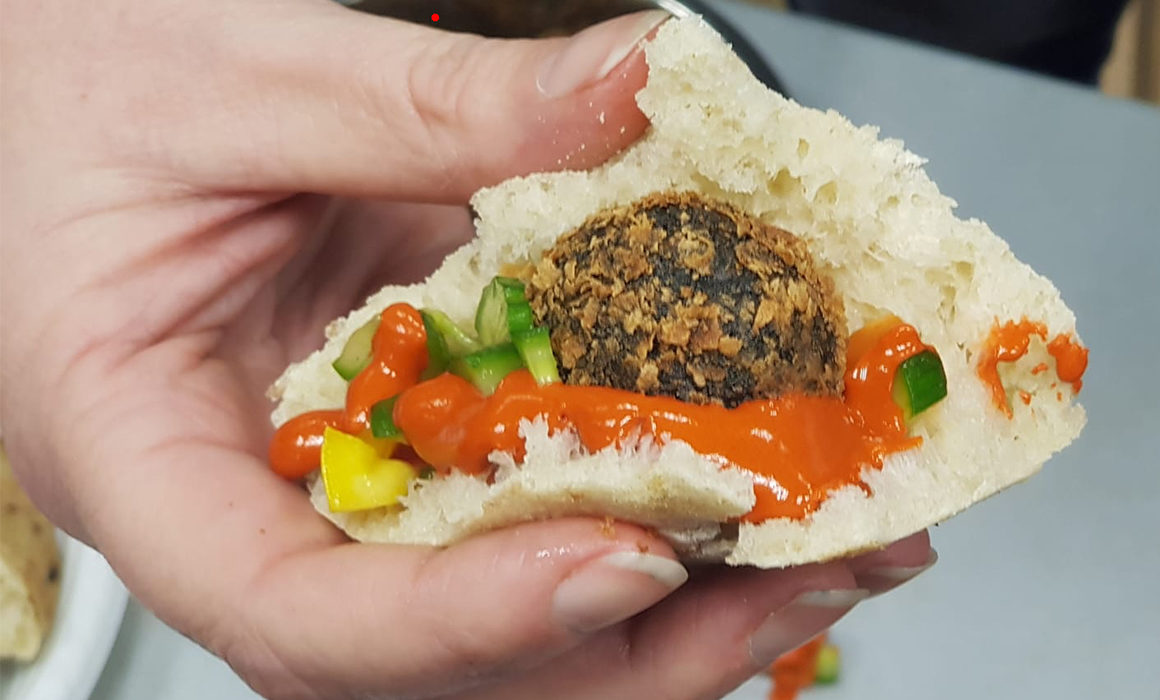There will be 9.8 billion people worldwide to feed in 2050 — and they’ll need plenty of protein. But animal-based protein is expensive, slow to produce, and, crucially, has a devastating impact on global warming and the Earth’s resources.
Plant- and algae-based proteins could be the solution, solving a seemingly impossible dilemma.
The EIT Food Project
The European Knowledge and Innovation Community hosts the EIT Food Project Competition to connect consumers with businesses, startups, researchers, and students from around Europe who care about sustainable foods. It supports creative and economically sustainable initiatives that promote health, access to quality food, and the environment. Israel’s Algatechnologies was a partner of the event and also supplied the raw microalgae materials used by some of the competition’s participants.
The two-day event, hosted by the Technion on its campus, included lectures on microalgae, a workshop on incorporating microalgae in Mediterranean food, and finally, a competition to judge the tastiest innovation.
The Winners
A team of graduate students from the Technion–Israel Institute of Technology Faculty of Biotechnology and Food Engineering Faculty won first prize for their development of an innovative microalgae product called “Algalafel.”
Algalafel is a novel falafel enriched with spirulina (a blue-green algae known as a cyanobacteria) and can be served with a tahini enriched with astaxanthin, a health-promoting compound found naturally in certain algae and seafood. Astaxanthin is known for conferring salmon its reddish color, and flamingo feathers their pink hue.
A team of students from the University of Hohenheim in Stuttgart, Germany, won second place for “algini,” a lentil-based product enriched with spirulina. Third place went to students from Finland’s Helsinki University for “spurtti,” a vegan oatmeal dessert enriched with spirulina.
Food…from Algae?
Ecologically friendly and nutritious, spirulina might just be the solution to mitigating food insecurity and malnutrition around the world. It’s even been discussed as a possible food for consumption during long-term space flights or missions to Mars!
Spirulina requires far less land, water, and energy to produce than that needed by cattle or poultry. In fact, it produces its own food via photosynthesis without a living organic carbon. And at 60% protein, it’s an undeniably nutritious food source.
Ironically, spirulina was utilized hundreds of years ago: It was a daily food source for the Aztecs and others in the Americas and in Africa until the 16th century, but seemed to lose popularity when nearby lakes were drained for agriculture and urban development.
Walk into virtually any research lab at the Technion and you’ll see that sustainable solutions to the major challenges of our time are possible, thanks to a bit of ingenuity and a lot of hard work. And as the three winning dishes at the EIT Food Project proved, sustainability can also be quite delicious.
